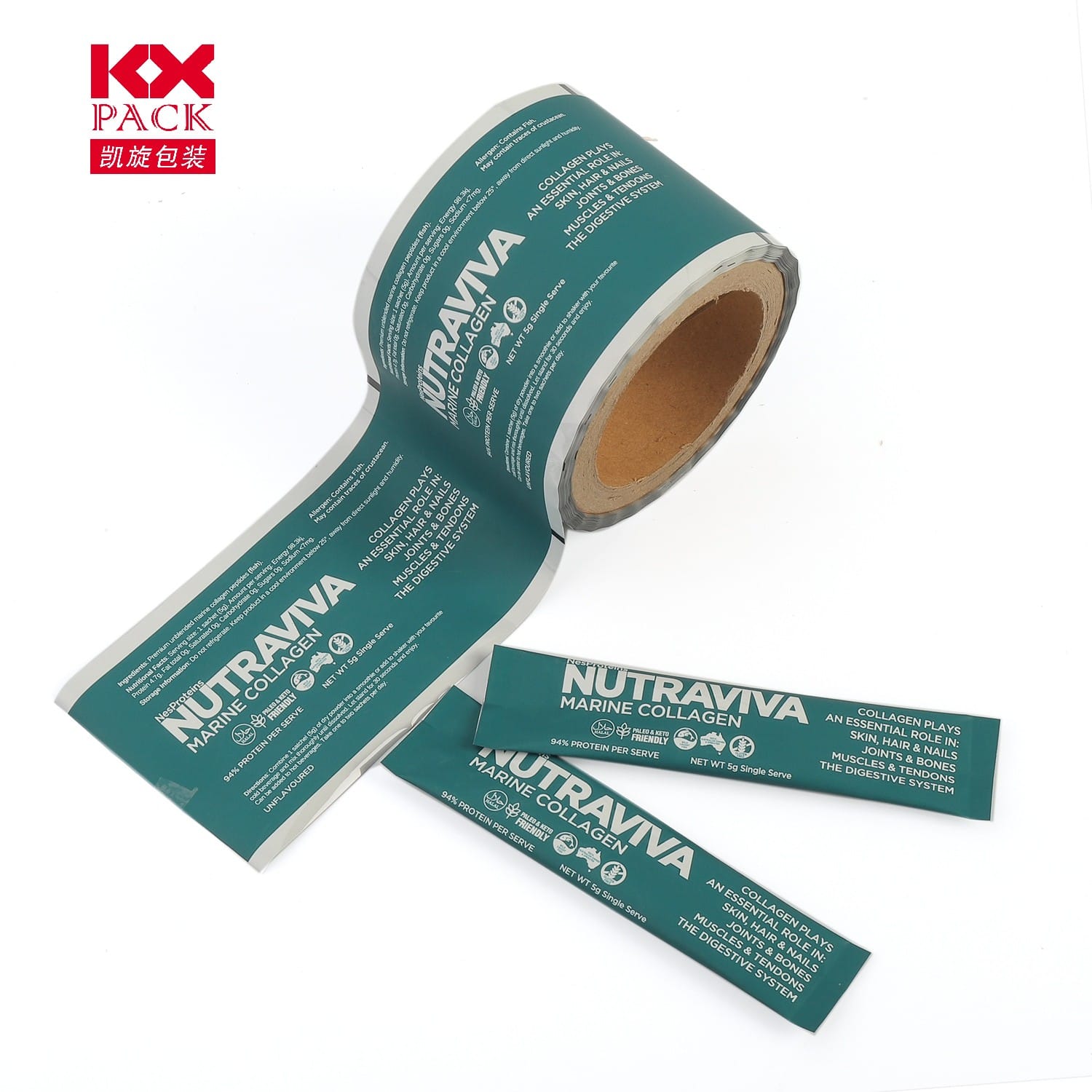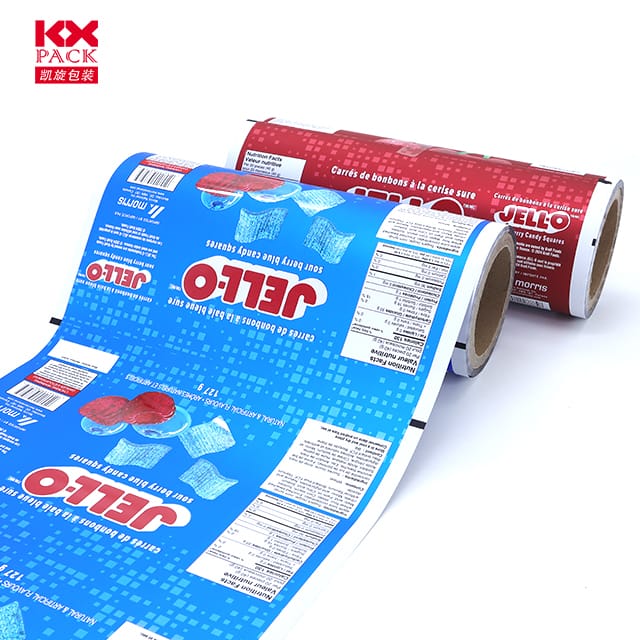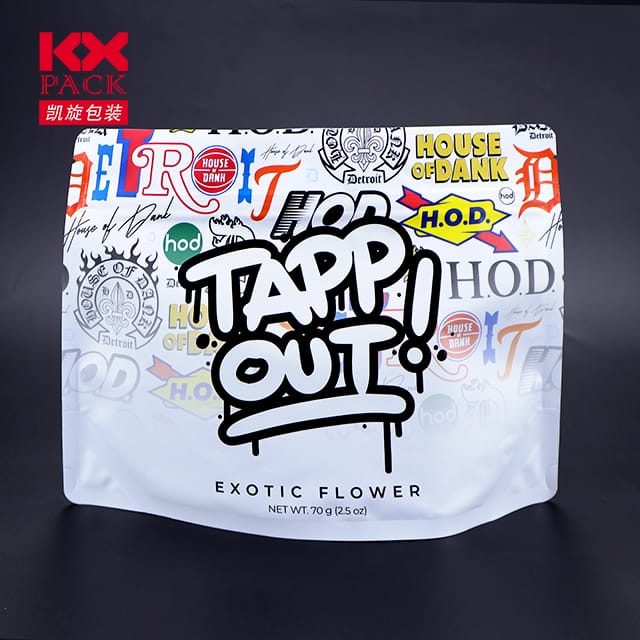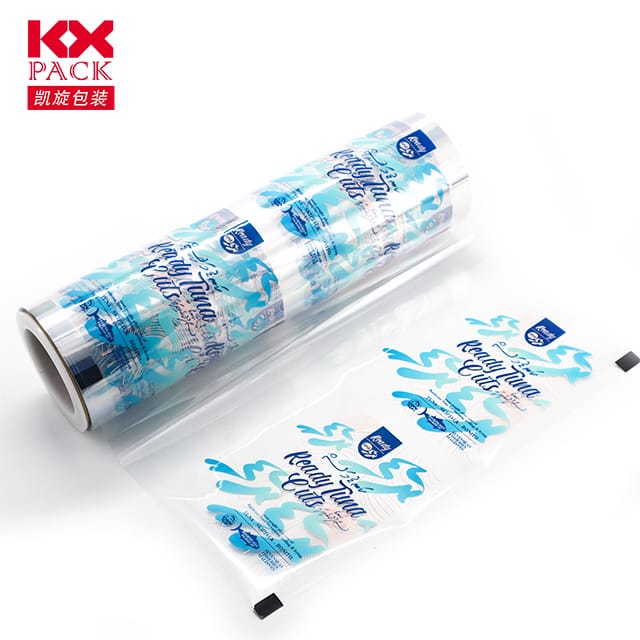Plēvju plastmasas daudzpusība un jauninājumi: No laboratorijas līdz ikdienas dzīvei
Plēves plosība
In the modern world, Plēves plosība has quietly become an indispensable component across industries, aizsargājot visu, sākot no laboratorijas paraugiem līdz iecienītākajām uzkodām. Šis specializētais materiāls, Paredzēts, lai izveidotu hermētisku, mitrumam izturīgas barjeras, strauji attīstās, lai apmierinātu ilgtspējības prasības un tehnoloģiskos sasniegumus. Izpētīsim tās daudzveidīgās lietojumprogrammas, Tirgus tendences, un progresīvas inovācijas.
1. Laboratory Applications: Protecting Scientific Integrity
In genomics, proteomics, and cell culture, Plēves plosība is a lifeline for preserving sample integrity. Piemēram:
- Microplate Sealing: Films like Parafilm®, a stretchable blend of hydrocarbon wax and polyolefin, are used to seal microplates and petri dishes. Its 200% elongation property allows it to conform to irregular shapes, preventing contamination and evaporation during long-term storage.
- PCR and Biotech Experiments: The film’s self-adhering nature ensures sterile conditions, critical for accurate DNA amplification and reagent stability.
Market Insight: The laboratory segment is driven by the need for high-barrier materials that resist chemical degradation, a trend fueled by rising R&D investments in life sciences.
2. Pārtikas iepakojums: Freshness Meets Sustainability
The food industry dominatesPlēves plosība usage, with applications ranging from snack bags to fresh produce packaging:
- Snack Packaging: Heat-sealable PET films are used for potato chip bags, creating a tamper-proof seal that prevents moisture ingress and staleness. These films can be printed with vibrant designs without compromising seal quality.
- Fresh Produce: Modified atmosphere packaging (Karte) films extend the shelf life of fruits and vegetables by regulating oxygen and carbon dioxide levels. Piemēram, LDPE films with ethylene-absorbing layers slow down ripening.
- Innovative Designs: Līdz “Seal N’ Flip™” technology relocates the lidding film to the bottom of containers, reducing plastic use by 30% while enhancing product visibility on shelves.
Market Growth: The global shrink plastic film market for beverage multipacks is projected to reachUSD 3.0 miljardu 2025, driven by demand for processed beverages and eco-friendly alternatives.
3. Farmaceitiski: Ensuring Potency and Safety
Pharmaceutical packaging relies onPlēves plosība to protect drugs from moisture, gaismas, un piesārņojums:
- Blister Packs: Aluminum-laminated PET films are used for tablets and capsules, combining puncture resistance with child-resistant features.
- Cold Seal Films: These are gaining traction for temperature-sensitive medications, as they eliminate heat exposure during sealing, preserving drug efficacy.
Key Players: Tier 1 manufacturers likeBemis Company unAmcor Plc dominate the market, focusing on high-barrier, recyclable materials to meet regulatory standards.
4. Industrial and E-Commerce: Durability Meets Efficiency
In logistics, Plēves plosība ensures products survive transportation intact:
- Pallet Wrapping: Stretch films with reinforced layers prevent cargo shifting, reducing damage rates by up to 40%.
- E-Commerce Packaging: Cold seal films are ideal for automated packaging lines, as they require no heat, speeding up fulfillment processes for online retailers.
Innovation Spotlight: IoT-enabled films with embedded sensors are being tested to track temperature and humidity in real time, critical for perishable goods.
5. Tirgus tendences: Sustainability and Smart Packaging
LīdzCold Seal Plastic Films Market is expected to grow fromUSD 4.1 miljardu iekšā 2025 to USD 7.2 miljardu 2035, at a5.8% Caga. Galvenie draiveri ietver:
- Ilgtspējība: Brands are shifting to compostable films made from PLA (polilaktīnskābe) or starch blends, reducing plastic waste.
- Advanced Barriers: Co-extruded films combining PET, EVOH, and PE layers offer superior gas and moisture resistance, Paplašinot produktu glabāšanas laiku.
- Automatizācijas saderība: Films designed for high-speed sealing machines are in demand, with impulse sealing and ultrasonic welding gaining popularity.
Secinājums: The Future of Sealing Film Plastic
From protecting lab samples to revolutionizing food packaging, Plēves plosība is a testament to material science’s ability to balance functionality and sustainability. As industries prioritize eco-friendly solutions and smart technologies, innovations like biodegradable films and IoT integration will redefine its role. Whether you’re a scientist, a food manufacturer, or a consumer, this unassuming material touches your life daily—and its future is brighter than ever.
Aicinājums uz darbību: Are you exploring sustainable packaging options? Share your thoughts in the comments below or tag us on social media with #SealingFilmInnovation!







